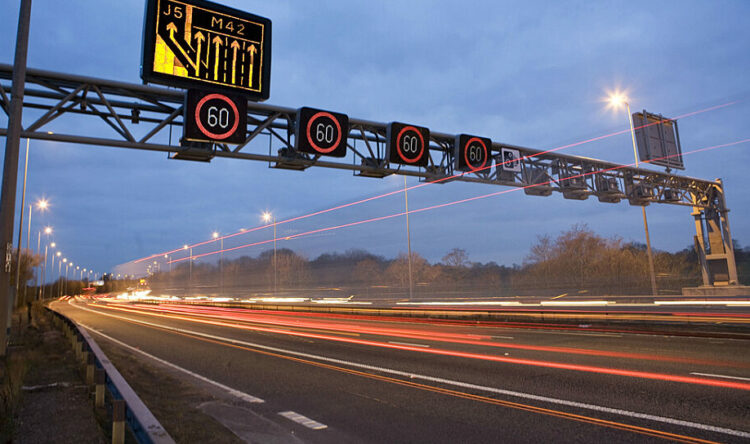School Streets success
New project proves successful in reducing traffic around schools
A research project called School Streets has achieved reduced traffic levels around schools and surrounding areas.
The aim of the road safety project is to improve walking and cycling, but restrict access for motor vehicles at the start and end of the school day.
A tandem approach
Cycling organisation Sustrans partnered with Birmingham City Council, who were delivering their ‘Car Free School Street’ programme of School Street schemes. There are currently 17 ‘Car Free School Streets’ across the city.
The evaluation was carried as part of Road Safety Trust funded research into whether School Streets cause traffic displacement. It wanted to establish any knock-on effects on road safety and traffic levels on surrounding streets.
The two schools monitored were Hillstone Primary School and Somerville Primary School. It looked at traffic speed and volume; illegal or hazardous parking and driving behaviour; and traffic interactions. Surveys with local residents and interviews with council officers and school staff were also conducted to assess perceptions of safety.
In addition, Sustrans has developed best practice guidance on School Streets for practitioners.
More support, less traffic
The research revealed that the School Streets led to overall drops in traffic volume. Traffic around the Hillstone School saw an 8% reduction seven months after the start of the scheme. Around Sommersville there was a 3% drop.
This project follows a survey on school streets commissioned by Sustrans in 2019. This found nearly two-thirds (63%) of UK teachers would support car-free roads outside schools during drop-off and pickup times. During Sustrans School Streets as part of the Big Pedal 2019, a survey found that 90% of parents and residents would support a street closure regularly outside the school.
This new evidence builds on broader existing research gathered in the project’s literature review. It finds that across School Streets schemes witnessed no significant traffic displacement to surrounding streets. The schemes also have not created road safety risks that cannot be adequately mitigated by measures such as Park & Stride routes.
Success for safety and health
Sustrans says this is ‘likely to have had an overall positive impact on road safety’.
Rachel Toms, director of urbanism for Sustrans, said: “It’s hugely encouraging to see how the School Streets monitored in Birmingham have reduced traffic and made it feel safer for residents at the start and end of the school day.
“The support found in this survey matches what we hear from parents and residents around the School Streets schemes we set up all over the country.
“With the number of School Streets growing every month, as part of wider efforts to make the school run healthier, cheaper and less polluting, communities across the UK can look forward to feeling safer around their schools.”
However, both schools observed an increase in the number of parked cars near the entrance to the School Street. This indicates a potential road safety risk.
However, Sustrans says the schemes have not created any issue that cannot be adequately mitigated by measures such as Park & Stride routes.
On the streets
Cllr Liz Clements, cabinet member for transport at Birmingham City Council, says they “want people to feel safer and healthier”.
“The continued expansion of car-free school streets across Birmingham is wonderful to see and is particularly beneficial to children and it is great to see this initial research is showing a positive, sustained impact.
“We want people to feel safer and healthier during school drop-off and pick-up times and encourage more children and their parents to walk and cycle to school when possible. It also has a real impact on our environment, with fewer emissions meaning cleaner air.”
Sally Lines, chief executive of the Road Safety Trust described it as “a great initiative”. The results provide “vital advice and support for practitioners to implement in their own local authorities to improve the safety of the roads around schools.”
The Practitioner’s Guide can be found here.
Research results can be seen here.






